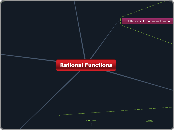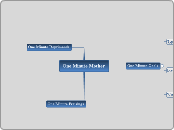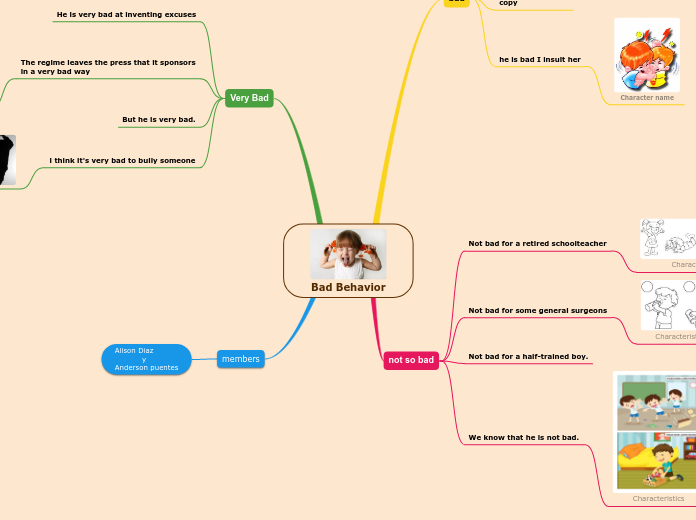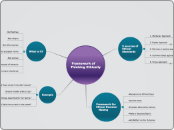jonka Wilfred Loh 13 vuotta sitten
884
Advanced Function
Rational functions of the form f(x) = (ax+b)/(cx+d) exhibit specific properties, including vertical and horizontal asymptotes, which define their behavior near specific values. The domain of such functions excludes values that make the denominator zero, leading to vertical asymptotes.









